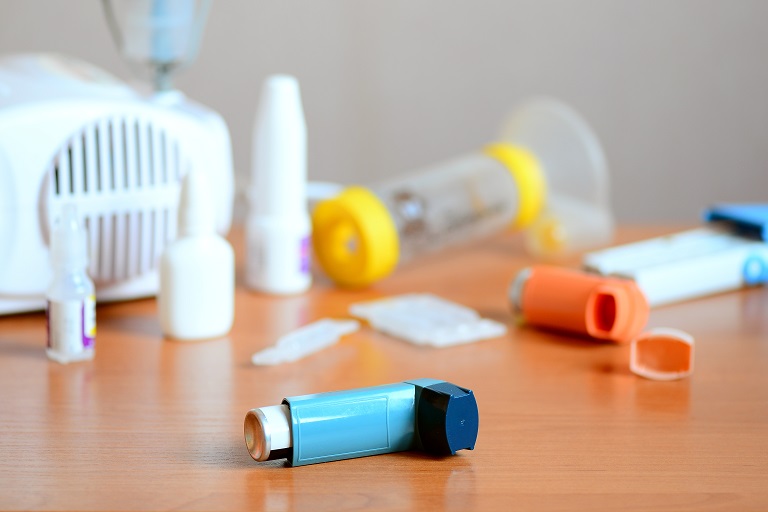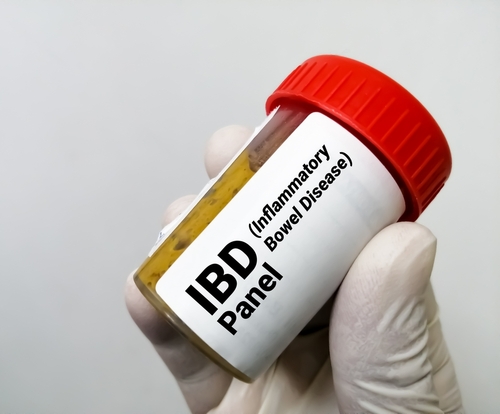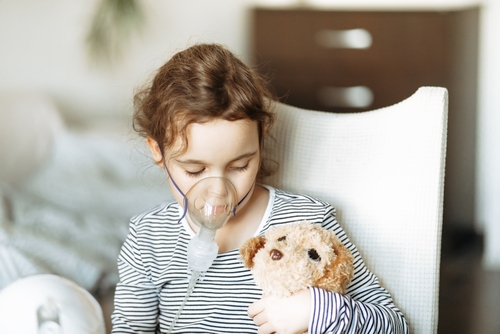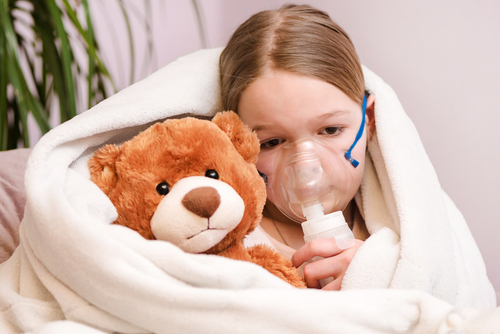
Lower socioeconomic status (SES) in patients with asthma is a risk factor for greater use of unscheduled care and rescue treatments, according to a recent analysis.
Kjell Erik Julius Håkansson, MD, of the Copenhagen University Hospital, and colleagues conducted the analysis and published the results in Chronic Respiratory Disease.
The researchers used national databases in Denmark to follow 60 534 patients ages 18 to 45 for 10.1 years. All patients used inhaled corticosteroids. The study included some patients who had uncontrolled asthma (19%) and some patients who had possible severe asthma (5.7%). Most patients were female (55%), and the median age was 33 years.
The databases used included the Danish National Patient Register, the Danish Clinical Quality Program – Asthma, Statistics Denmark, and the Danish National Database of Reimbursed Prescriptions. Statistics Denmark provided a unique, random 1-to-1 age- and sex-matched background population.
Uncontrolled asthma was defined as more than 600 short-acting β2-agonist (SABA) puffs, 2 or more prednisolone courses, and/or at least 1 hospitalization. Markers of SES were civil status, area of residence, level of education, annual income, workforce attachment, and worker designation.
Nearly all patients with asthma and participants in the background population (97%-100%) had at least 1 contact with a general practitioner during the study period. The number of annual contacts to general practitioners was significantly higher in patients with mild-to-moderate asthma (incidence rate [IR], 8.91) and possible severe asthma (IR, 12.80) than in the background population (IR, 5.52).
Increased general practitioner contacts were reported with markers of low SES such as rural residence, vocational or basic education, lower income, or being outside the labor force, but “notable exceptions” were being married (IR ratio [IRR], 1.08) or separated (IRR, 0.89), the researchers wrote.
Unscheduled respiratory care use was significantly higher in patients with low SES indicators, such as rural residence, vocational or basic education, decreased level of income, and being outside the labor force. Being separated was associated with lower rates of unscheduled respiratory care (IRR, 0.91).
Patients with vocational or primary/basic education had significantly lower rates of inhaled corticosteroid use than patients with higher education. Being married, living in non-metropolitan areas, having moderate-to-low income, and performing manual labor were all associated with “slightly lower use” of inhaled corticosteroids, researchers reported.
However, SABA and prednisolone use were “clearly associated” with markers of lower SES, according to the investigators. Receiving transfer income and having an educational attainment level of primary/basic education had the strongest associations with increased use.
“In the present study, we’ve demonstrated that asthma—even well-controlled asthma—represents an additional burden on both primary care, non-respiratory and respiratory secondary care, and that the burden often is negatively associated with many measures of SES,” the authors concluded. “Furthermore, we’ve shown distinct health care-seeking behaviors across SES, with patients with lower SES showing increased reliance on unscheduled health care and rescue treatments such as SABAs or [oral corticosteroid] bursts.”
Håkansson KEJ, Backer V, Ulrik CS. Socioeconomic status is associated with healthcare seeking behaviour and disease burden in young adults with asthma – a nationwide cohort study. Chron Respir Dis. 2022. doi:10.1177/14799731221117297







 © 2025 Mashup Media, LLC, a Formedics Property. All Rights Reserved.
© 2025 Mashup Media, LLC, a Formedics Property. All Rights Reserved.